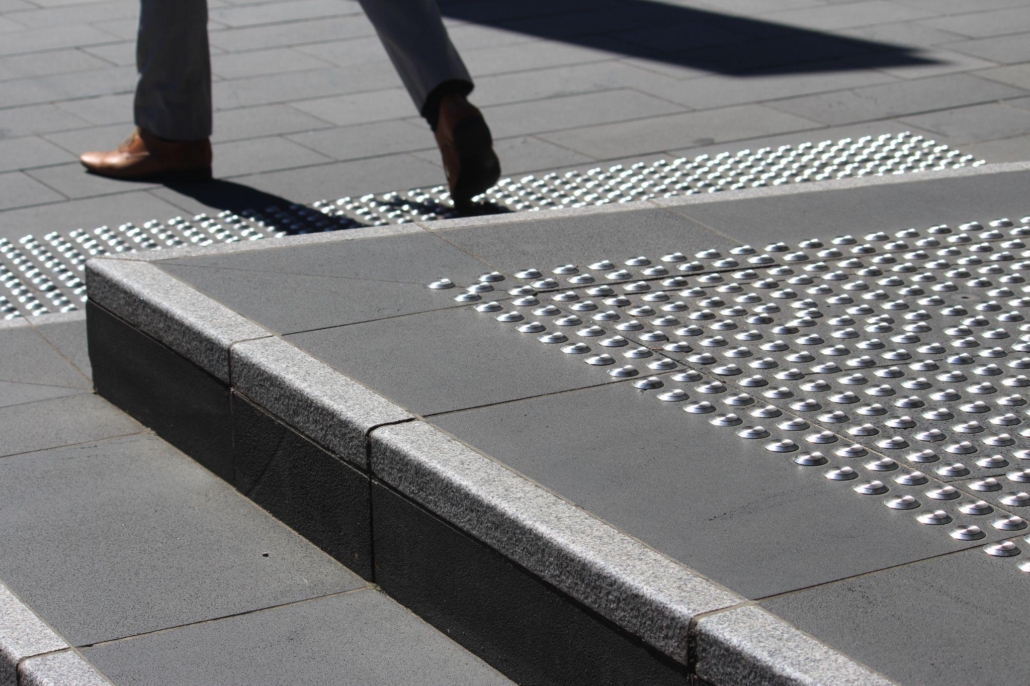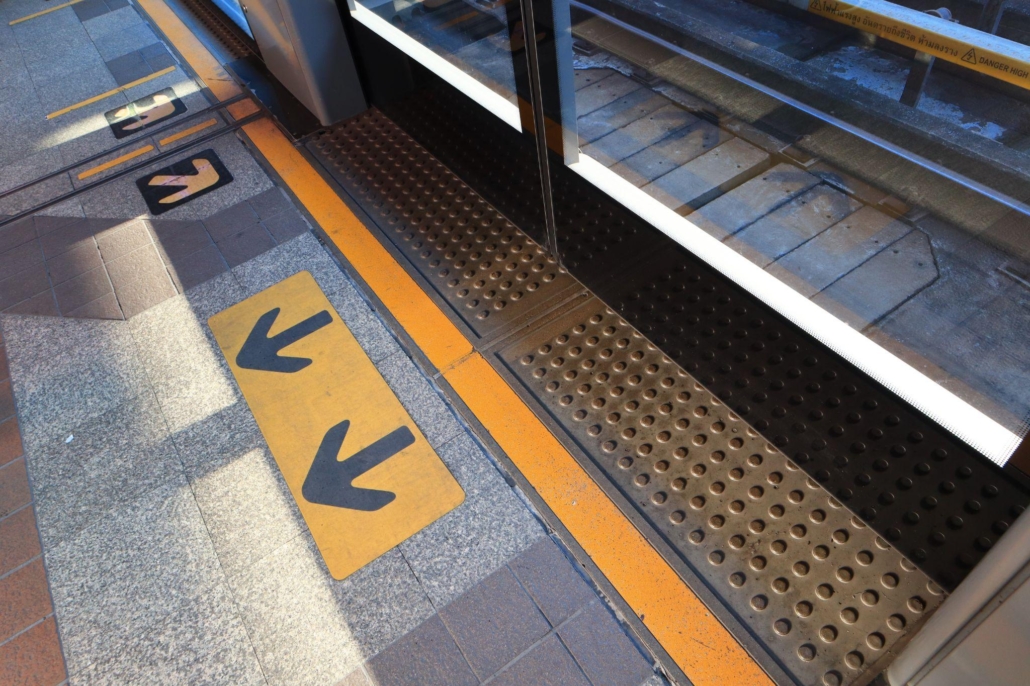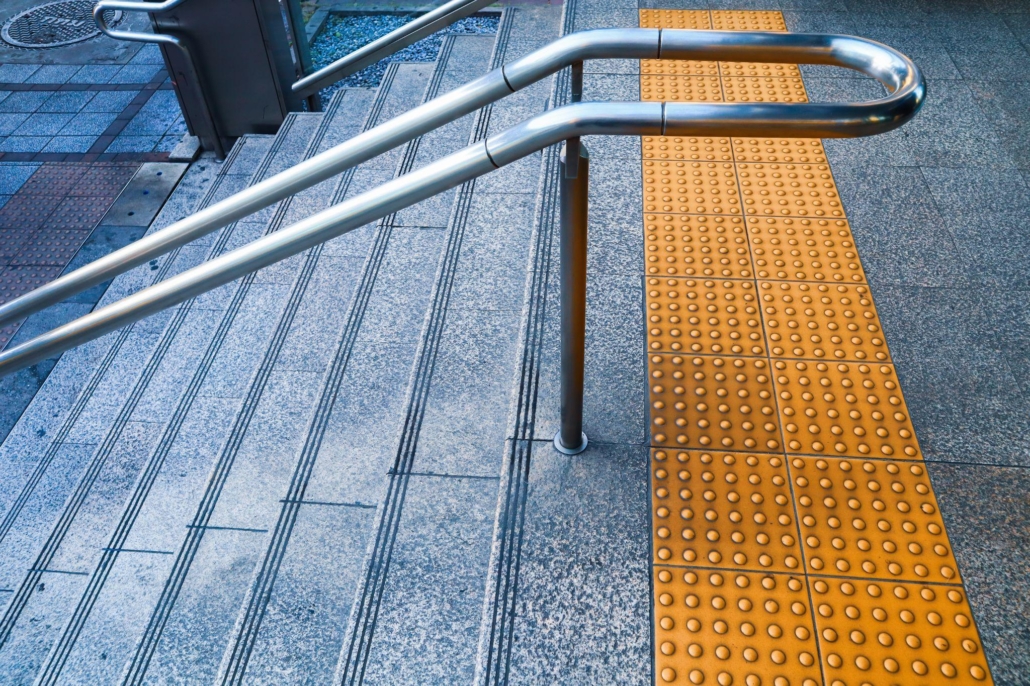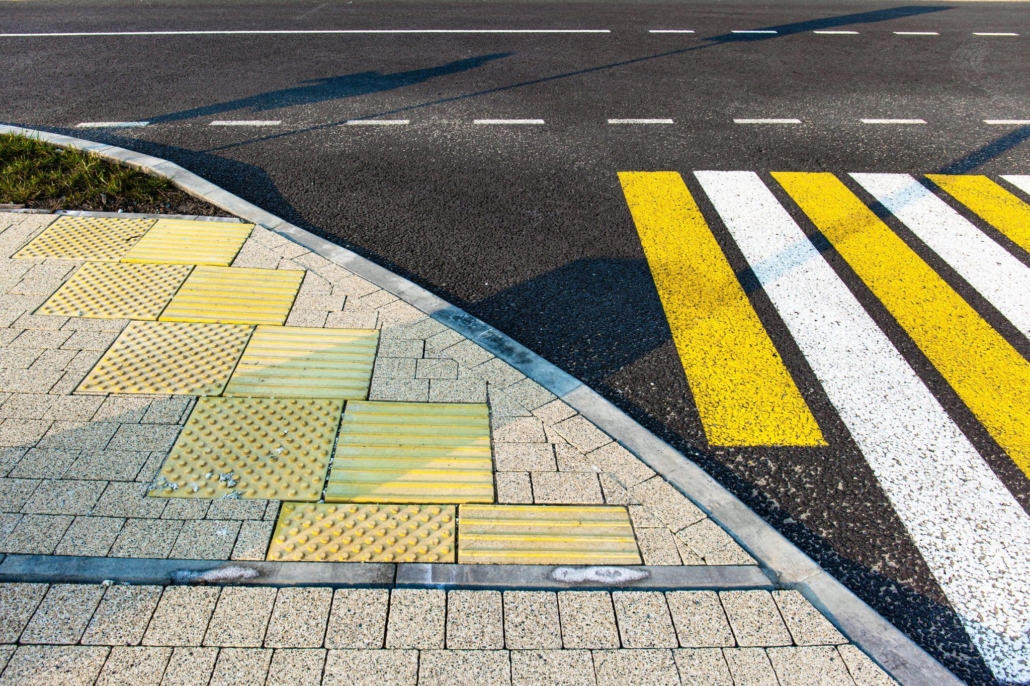Mistakes to Avoid With Detectable Warning Tiles
When installed and used properly, detectable warning tiles can improve safety and accessibility. However, there are common mistakes which can actually make these surfaces dangerous for users.
Installing Too Many

Although it may seem that a higher number of ADA tiles would make surfaces safer, the opposite can actually be true. Tiles that are too large or too many in number can cause confusion with regard to the direction of travel. This has the potential to lead users to dangerous areas.
A high number of tiles also means a larger area of uneven surface, which presents issues for pedestrians and those using mobility aids like wheelchairs or walkers. The Americans with Disabilities Act requires an extension of warning tiles to at least 610 mm in the direction of travel.
Installing Too Few

The purpose of detectable warning products is to provide enough notice of upcoming surface changes or dangerous areas. Too few tiles won’t provide the warning that a user needs, and so can present serious risk of injury or danger.
The ADA requires installation of warning tiles along the full width of transit platforms, blended transitions, stair landings, and curb ramps.
Using Truncated Domes and Wayfinding Bars for the Same Purpose

Both truncated domes and wayfinding bars provide users with non-visual cues. However, each of these does so in a different, yet equally useful way.
Truncated domes warn visually impaired users about potential hazards so that they may proceed with caution. Therefore, they should be placed at the start and end of pathways.
Wayfinding bars allow visually impaired users to navigate through large and open spaces. They indicate the beginning of a path that the user should follow.
Each of these solutions should be used in combination, but never interchangeably.
Incorrect Installation

When detectable warning surfaces are installed correctly, the speed, flow and safety of pedestrian foot traffic is enhanced. However, incorrect installation, such as when truncated domes aren’t close enough to the ground, can not only impede foot traffic but also present a tripping hazard.
Too little spacing between domes will increase difficulty of travel for those using mobility aids like walkers and wheelchairs, and if installed too close to the ground, will not provide sufficient warning of upcoming hazards.
All of these can result in costly tile damage. Fortunately, following the ADA’s strict guidelines for the spacing and size of cast in place tiles can ensure proper installation and safe navigation.
Installing in the Wrong Areas

Transit platforms, pedestrian crosswalks, and several other public areas are required by law to contain detectable warning tiles. Failure to install them in these areas increases injury risk and liability that can lead to serious charges.
Installing tactile warning surfaces in the wrong areas can be equally dangerous. For example, a visually impaired user who encounters warning tiles on a median instead of the beginning and end of a pedestrian crossing may assume they’ve reached safety, when in fact they are in a very dangerous area.
The safe and proper installation of tiles is covered in federal and local building codes, and should be followed to ensure the safety of the visually impaired.
A North American Leader in Detectable Warning Systems

impaired individuals who use and visit your property. Every product from ADA Solutions is designed and perfected by installation practitioners and industry experts, and manufactured in our ISO 9002 certified facility.
We invite you to discover why we’re the choice for a growing number of businesses; visit us online to browse our cost-effective, slip-resistant ADA compliant detectable warning panels, or call to speak with an ADA Solutions team member today at 1-800-372-0519.




